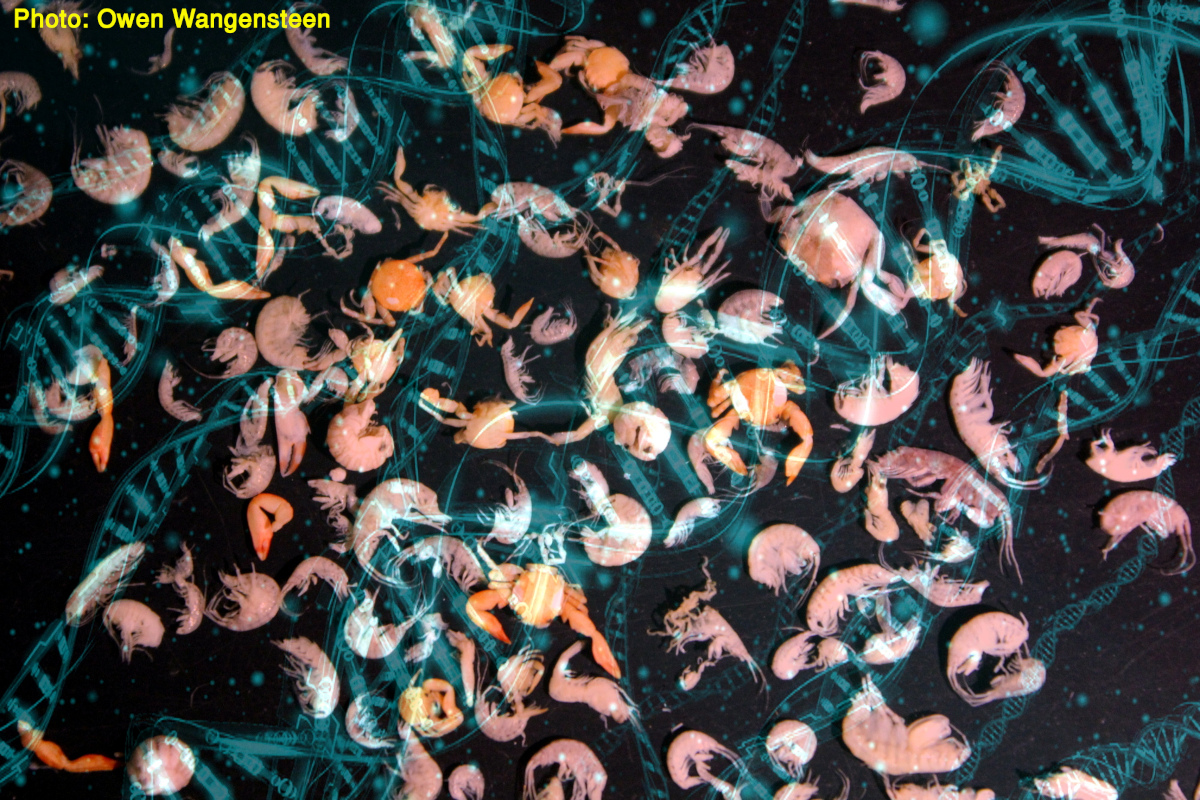The DNASense project: Towards innovative environmental impact assessment through environmental DNA and remote sensing techniques to monitor marine biodiversity
An international research consortium has just launched a new project called DNASense, designed to address the loss of marine biodiversity using emerging technologies such as environmental DNA (eDNA) and remote sensing. The project, which will run until March 2027, aims to establish new indicators for environmental impact assessment and improve the monitoring of biodiversity in coastal benthic habitats.
An international project within the framework of the BiodivMon call
The DNASense project, in which researcher Owen S. Wangensteen, from the Biodiversity Research Institute of the University of Barcelona, IRBio-UB, and from the Faculty of Biology, Department of Evolutionary Biology, Ecology and Environmental Sciences, participates, has been one of the 33 projects funded by the European biodiversity association Biodiversa+ in the BiodivMon call, for research projects aimed at improving the transnational monitoring of biodiversity and ecosystem change.
DNASense is the result of collaboration between several European research centers. Among the partners is the coordinating center of the project, Francisco Nascimento of the Department of Ecology, Environment and Plant Sciences of the University of Stockholm in Sweden. Researchers from Belgium will also participate; from Finland; the Estonian Marine Institute, University of Tartu, Tartu, Estonia; and AquaBiota Water Research ABWR AB, Stockholm, Sweden.
Protect marine ecosystems
Marine ecosystems have experienced a significant decrease in biodiversity, especially in coastal benthic habitats. This has had an impact on the functioning of coastal ecosystems and key services such as water quality. The assessment of biodiversity loss in these ecosystems is costly and requires working with expert taxonomists which are increasingly scarce. DNASense aims to overcome the limitations of traditional monitoring methods, which often miss microscopic communities, by using environmental DNA technology and remote sensing to map biodiversity on a large scale.
The project focuses on three main objectives: to develop new biodiversity assessment indicators from environmental DNA data, to cost-effectively improve the monitoring of benthic ecosystems, and to integrate these indicators into tools applicable to the Directive's policies EU Marine Strategy Framework.
Towards an innovative environmental impact assessment
DNASense will investigate trends and factors affecting marine biodiversity, focusing on little-known groups such as meiofauna, marine fungi and benthic prokaryotes. It will also use long-read sequencing technologies for direct sequencing of mitochondrial DNA, correcting the taxonomic bias associated with other analysis methods. In addition, it will use remote sensing techniques to map the distribution of macrophytobenthos in different types of seabed.
The results of the project will serve to improve management practices and policies related to marine biodiversity. The consortium will work closely with stakeholders such as HELCOM, the Mediterranean Action Plan (MAP), the Conference of Peripheral Maritime Regions (CPMR) and the North Sea Commission, among others. Results will be disseminated through detailed reports and policy briefs.
The DNASense project represents an innovative approach to addressing environmental challenges and will contribute to the understanding and conservation of marine biodiversity at a crucial time for our coastal ecosystems.
